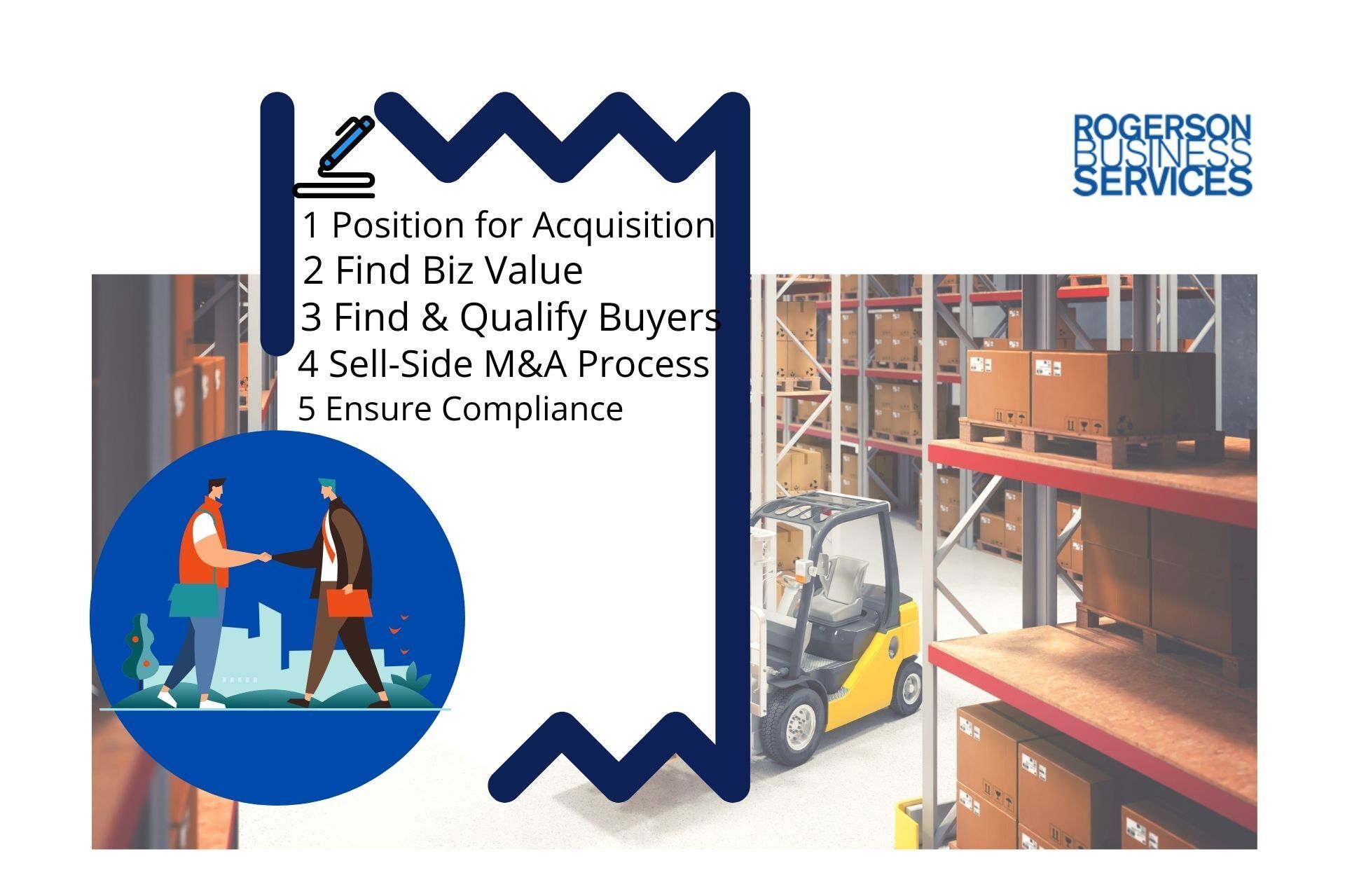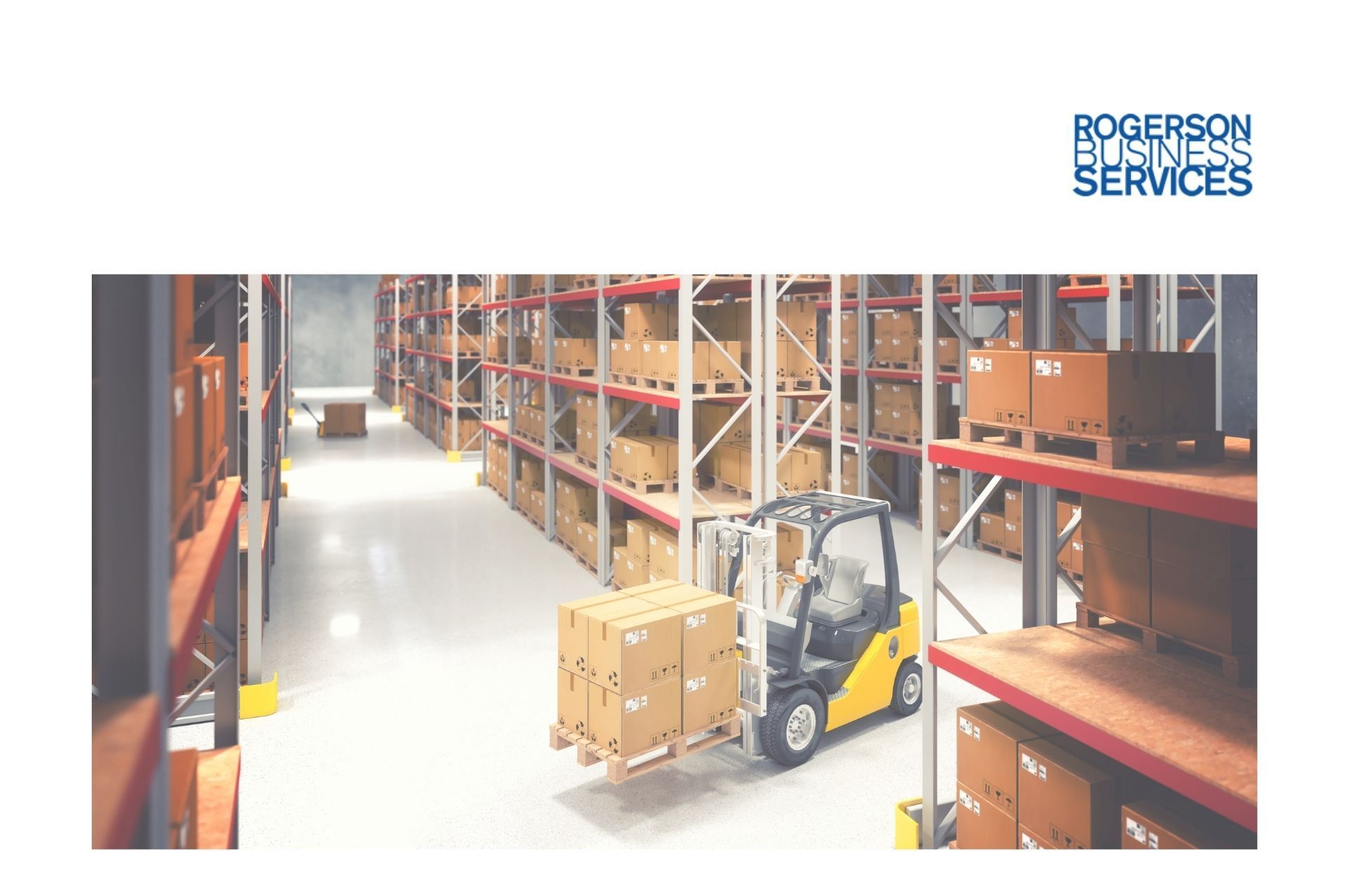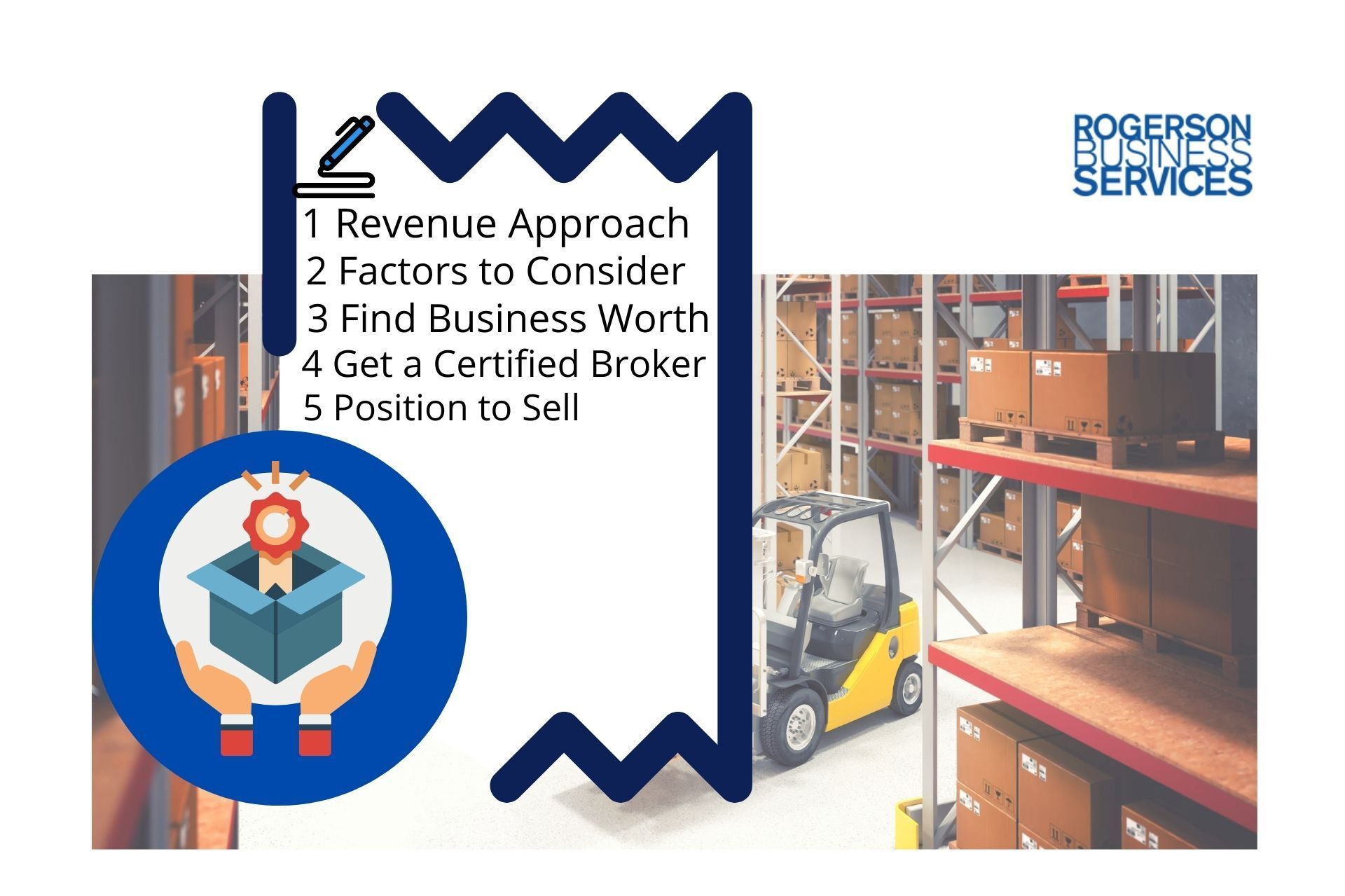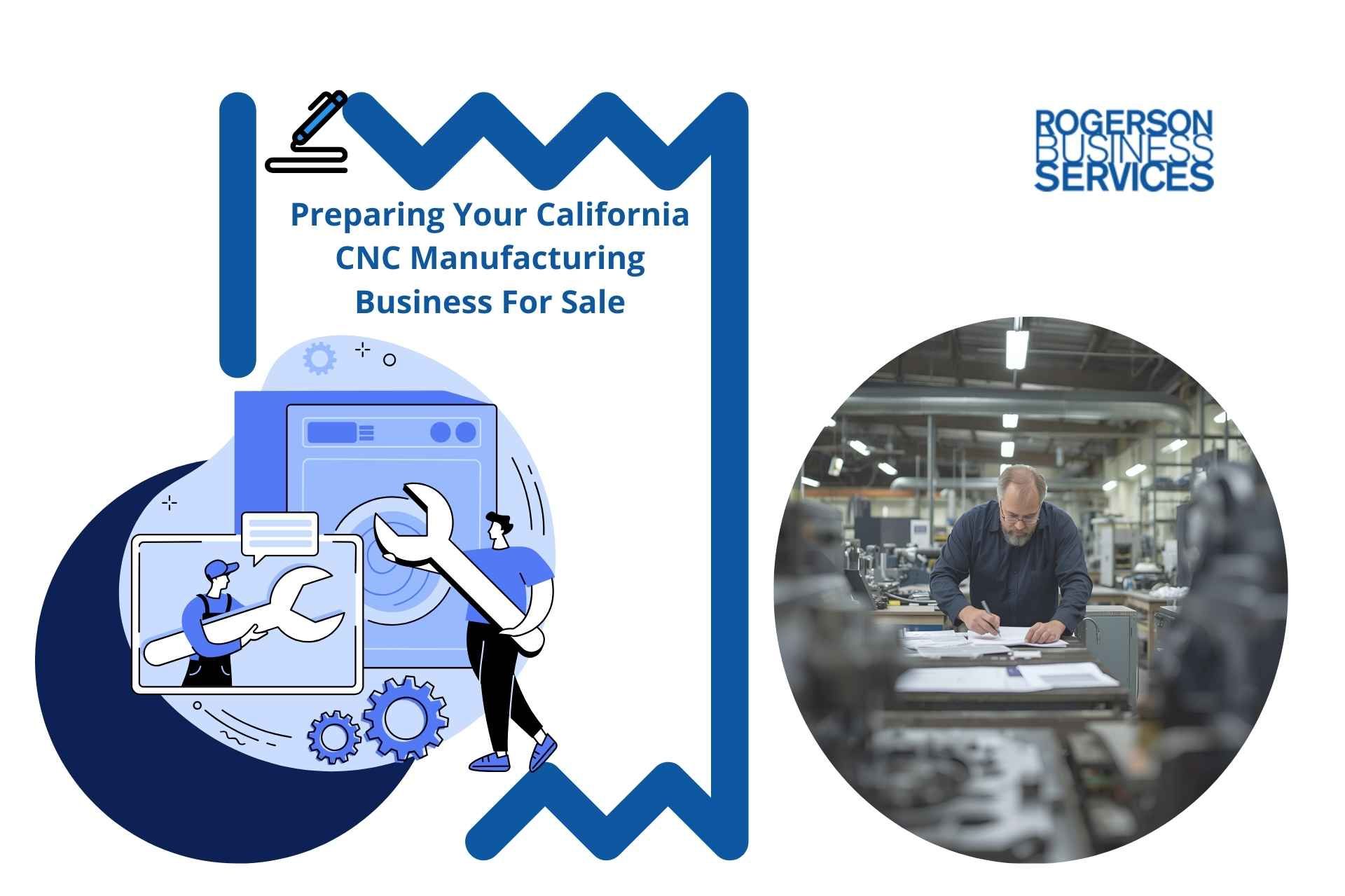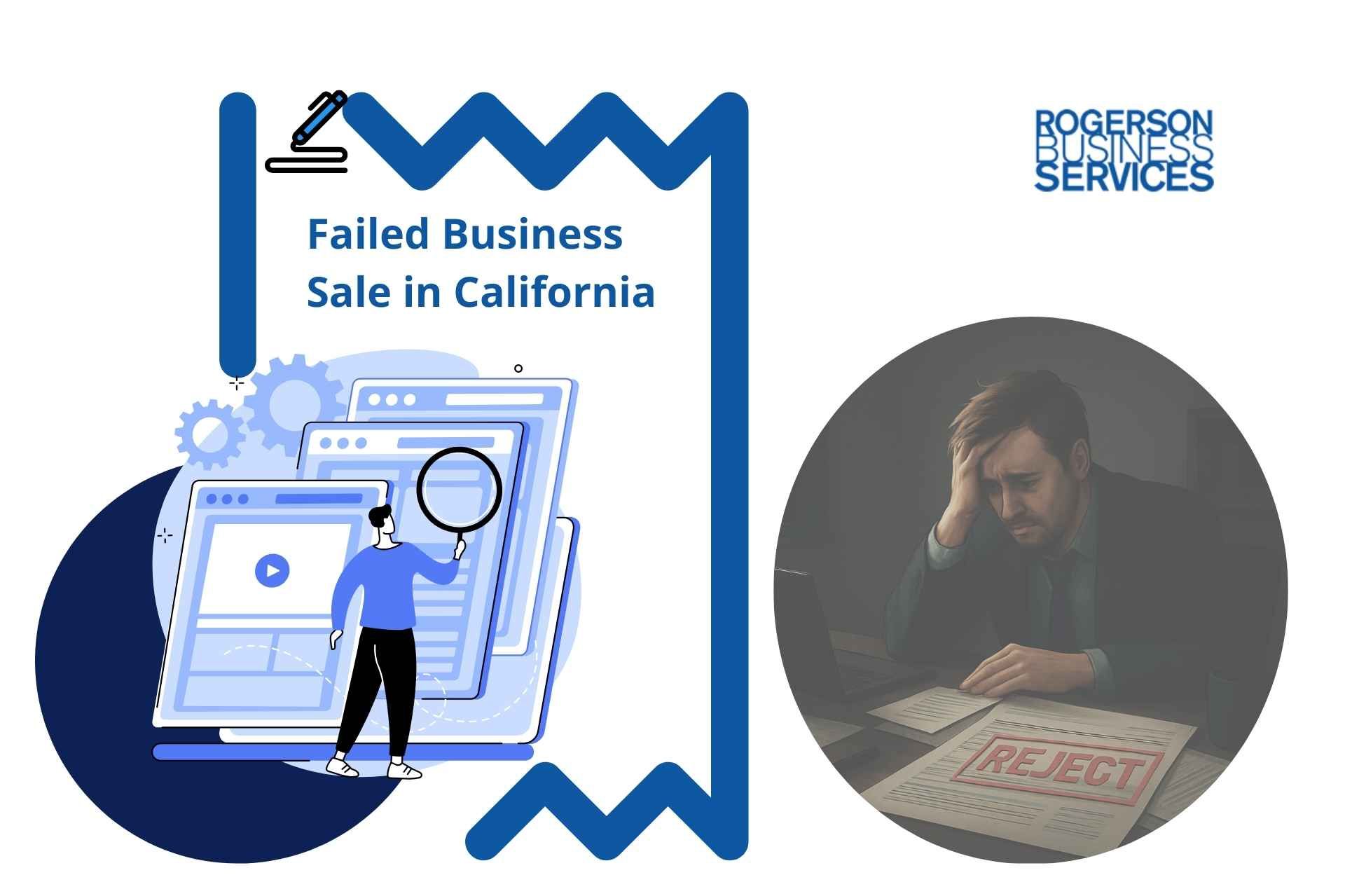Calculate Business Value: How to Value a Wholesale Distribution Business
Calculate Business Value
- Option one: Income-based
- Option Two: Market-based
- Option Three: Asset-based

If you are looking to an answer this question: "how to sell my distribution business for big profit in the lower middle market category?" Also, need to know how to calculate your business value, read on to learn some of the best business valuation techniques.
3 Methods to Calculate Business Value
When you are selling your distribution business—such as during mergers and acquisitions—you have to know the ins and outs of how to value a wholesale business in California. And while it may sound simple in concept, the details can get tricky.
There are many specific calculations that an M&A wholesale advisor (mergers and acquisitions) or another business broker might use. Still, in general, there are three main approaches to business valuation:
- Income-based
- Market-based
- Asset-based
Because any one of these alone can be misleading, a financial broker will take all of them into account. The official process for doing this is called a Broker’s Opinion of Value, and it will take all of these approaches into account.
How to Calculate Enterprise Value
When trying to value wholesale distribution businesses, it is helpful to use valuation multiples. Valuation multiples are tools that allow you to make a ratio between two different financial measurements. And especially during distribution mergers and acquisitions, it is best to use enterprise value multiples, or EV multiples, as your business valuation method.
Enterprise value multiples allow you to value a distribution business by calculating the entire market value. It takes the enterprise value and compares it to another metric, giving you an even more accurate picture of value.
But before you can make that ratio, you need to calculate the enterprise value (sometimes called the firm value). The enterprise value formula works by adding together the market capitalization and the market value of the debt while subtracting the liquid cash or equivalents.
And there is a reason that you subtract cash: cash sitting in a bank account is not considered part of the business’s operations.
As an equation, it looks like this:
- Market capitalization + Market Value of the debt - Cash
That equation is the basic idea of enterprise value. However, in its more complex form, it also considers preferred stocks and minority interests. Once you have calculated the enterprise value for a wholesale distribution business, you are now ready to use EV multiples.
Using EV Multiples for Business Valuations
Since you now know that Enterprise Value multiples are the most appropriate multiples to use during lower mid-market mergers and acquisitions, let’s dig deeper into what EV multiples are and how to calculate the business value using EV multiples.
EV multiples are a ratio between the enterprise value and another financial metric, and they come in many varieties. The most common EV multiples are EV/Revenue, EV/EBITDAR, and EV/EBITDA.
- EV/Revenue is calculated by dividing the enterprise value of a wholesale distribution company by its annual revenue. It is best for newer businesses.
- EV/EBITDAR is the ratio of the enterprise value to the earnings before interest, tax, depreciation & amortization, and rental costs.
- The EV/EBITDA multiple is comparing a company’s EV with its earnings before interest, taxes, depreciation & amortization. It is often used to compare two companies.
Because they are valuation multiples, they each compare and make ratios between the enterprise value and some other financial measurement. The key is knowing which multiple is most appropriate to calculate the business value for selling your distribution business.
The EV/Revenue is best for newer companies because if a company does not yet have earnings, then the other valuation multiples simply can’t work. The EV/EBITDA, on the other hand, is primarily taking cash flow into account. When a wholesale distribution business has a sizeable cash flow, then the EV/EBITDA is extremely useful.
For the rest of this article, we will dig deeper into the benefits of using EV/EBITDA and how to calculate it.
Calculating EV/EBITDA
Since you have the basic idea about how to calculate the business or enterprise value, let’s get into the details of how to calculate the EBITDA factor.
The first part, EBIT, is the earnings before interest and taxes. This element is vital because taxes and interest can dishonestly skew a company to seem more or less valuable. For example, tax policies in a particular country can distort a business's value. And interest payments can similarly skew the impression of value.
The last two variables, DA, are depreciation and amortization. Depreciation is the expense a company charges itself when it purchases something, such as a piece of equipment or property. Amortization is essentially the same, except it applies to any kind of intellectual property instead of physical property.
To calculate the business value, in short, the EBITDA calculation is considered to be a substitute for cash flow. This metric measures the performance of a company before other factors affect the result. These other factors—the interest, taxes, depreciation, and amortization—can all mislead the actual value of a company.
Essentially, the EBITDA is removing the factors that a business controls itself. The result is that it leaves behind a more accurate and helpful number.
And the formula for calculating the EBITDA is a simple concept. It involves going backward from the net earnings before other factors affect it. So the formula looks like this:
- EBITDA = Net Income + Interest + Taxes + Depreciation + Amortization
Once you have the EBITDA, you can now compare it with the enterprise value (EV) to make the EV/EBITDA multiple. When selling a distribution company, the EV/EBITDA multiple, in particular, will tell an M&A advisor whether the company is overvalued or undervalued.
Summary of Business Valuation Approaches
The wholesale and distribution industry is filled with mergers and acquisitions. And as you can see, there are three main approaches to calculate business value—income, market, and assets— that are required before you can sell a distribution company.
Many of the approaches by themselves are misleading, which is why using all of the valuation approaches is necessary—they help cancel out each other’s weaknesses.
You might be ready to see a business valuation sample. Click here
But if you are selling your distribution company, hopefully, this article convinced you to use the EV/EBITDA multiple. This cash flow/revenue approach to valuation is one of the best ways to accurately value a wholesale distribution business.
If you are a retiring business owner looking to exit your lower middle market distribution company in California, here are six tips to get you started:
1. Don't wait until the last minute to start planning your exit. The process of selling a lower middle market wholesale distribution business can take a long time, so it's important to start early.
2. Have a clear idea of what you want to get out of the sale. Know your goals and what you're willing to negotiate.
3. Know what's your company's worth. This is an essential step to take when planning to sell your distribution business in California.
4. Choose the right type of buyer. Not all buyers are created equal, so do your research and find the right one for your business.
5. Be prepared for a lot of due diligence. M&A buy-side due diligence is when buyers will want to know everything about your business, so be ready to provide documentation and answer questions.
6. Be flexible with the terms and conditions of the deal. It's important to be open to negotiation to get the best possible deal for your business.
Rogerson Business Services, also known as, California's lower middle market business broker is a sell-side M&A advisory firm that has closed hundreds of lower middle-market deals in California. We are dedicated to helping our clients maximize value and achieve their desired outcomes.
We have a deep understanding of the Californian market and an extensive network of buyers, which allows us to get the best possible price for our clients. We also provide comprehensive support throughout the entire process, from initial valuation to post-closing integration.
Our hands-on approach and commitment to our client's success set us apart from other firms in the industry. If you consider selling your lower middle market distribution business, we would be honored to help you navigate the process and realize your goals.
If you have decided to value and then sell your lower middle market wholesale distribution company or still not ready, get started here, or call toll-free 1-844-414-9600 and leave a voice message with your question and get it answered within 24 hours. The deal team is spearheaded by Andrew Rogerson, Certified M&A Advisor, he will personally review and understand your pain point/s and prioritize your inquiry with Rogerson Business Services, RBS Advisor
Go to the next article: Part of tips to selling wholesale distribution business in California series ->
More Tips to Help Sell a Lower Middle Market Distribution Company
Hey there! Can we send you a gift?
We just wanted to say hi and thanks for stopping by our little corner of the web. :) we'd love to offer you a cup of coffee/tea, but, alas, this is the Internet.
However, we think you'll love our email newsletter about building value and properly position your company before transition/exit your business ownership.
As a special welcome gift for subscribing, you'll also get our helping and educational guides, tips, tutorials, etc.. for free.
It's filled with the best practices for retiring serial business owners like Dan Gilbert, Larry Ellison, Warren Buffett, and many more.
Just sign up for our emails below.

